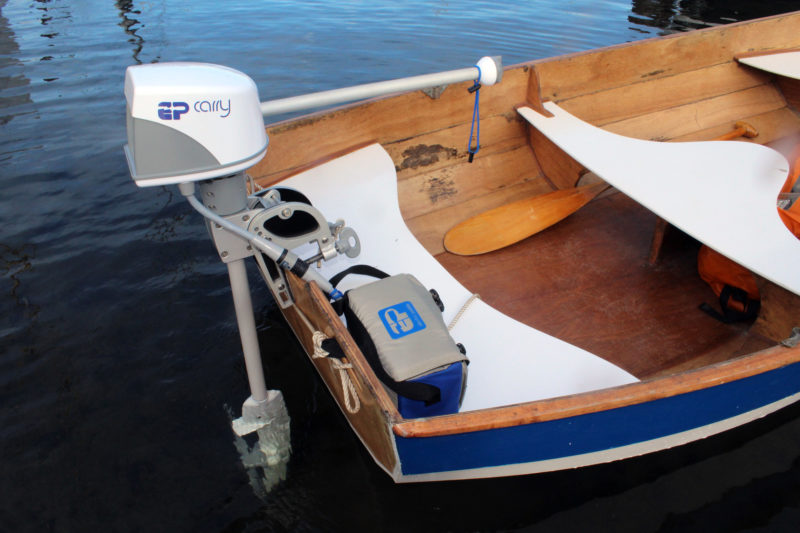 Photographs by the author
Photographs by the authorThe padded case has enough buoyant foam padding to keep the battery afloat if it is dropped overboard.
The EP Carry is the second generation of an electric outboard developed and manufactured by PropEle Electric Boat Motors in North Bend, Washington. It is designed specifically for small boats and weighs just 14.4 lbs, making it an easy, one-hand lift. The battery, in its case, weighs 6.3 lbs and will float if dropped overboard. The whole package—motor, battery, charger, and carry bag—weighs 22.3 lbs, and is compact enough that I can easily sling it over my shoulder with the bag’s adjustable carry strap and have both hands free to carry whatever else I need to take aboard.
The light weight of the motor is not just an easy carry to and from the dinghy, it’s an advantage when putting the motor on the transom and taking it off. I could sit close to the center of the boat and lift the motor with an outstretched arm, an advantage in the small boats the motor was designed for. When approaching shore, a pull of the tiler is all it takes to tilt the lower unit out of the water. You don’t have to move aft to get a hand on the motor.
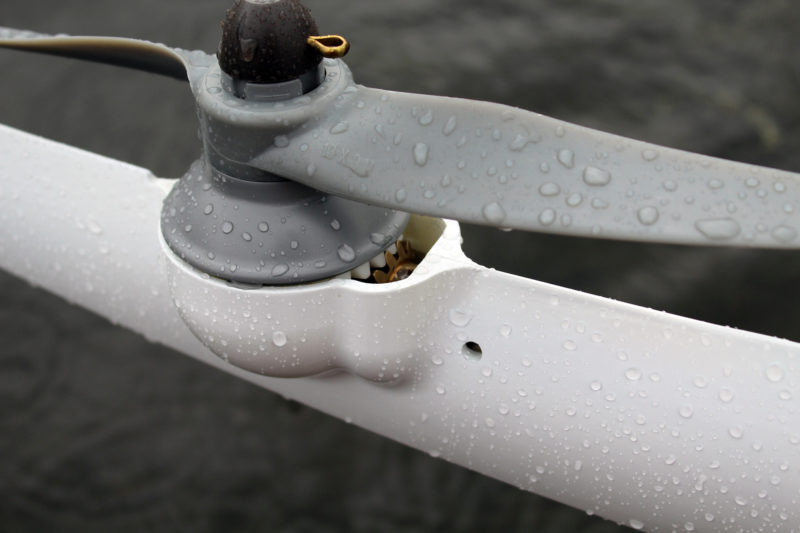
The bevel gears driving the prop are lubricated by water that circulates through an opening in the lower unit.
The prop’s high-aspect-ratio blades make it look more like a model airplane propeller than an outboard motor prop. The skinny blades didn’t come as a surprise to me. One of the pedal-driven boats I tried many years ago used an actual model-airplane prop, and it was exceptionally effective. The EP Carry’s prop turns at around 550 rpm, less when laboring to push a stubby hull with a lot of drag, and more when running with a sleek hull. Compare that to the 5,500 rpm of my 2.5-hp four-stroke outboard. The lower speed warrants a longer, narrower prop, just as a slow-moving sailplane needs wings that are long and narrow while a jet fighter needs wings that are short and wide.
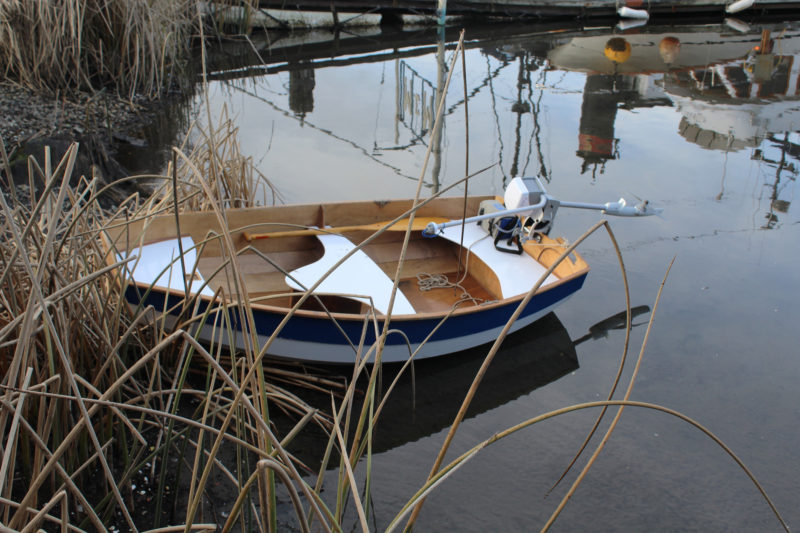
The motor cocks up by simply pulling on the tiller. A push drops the prop back into the water. The EP Carry was a good match for this 7′ 9″ Eastport Pram.
The throttle is built into the ball at the end of the tiller. It has a detent in the off position; full ahead is 60-degree rotation clockwise, full astern 30 degrees counterclockwise. It takes a light touch to operate, so I found it best to steer holding onto the tiller shaft with three fingers while operating the throttle with thumb and forefinger. When I used the EP Carry on a Chesapeake Light Craft Eastport pram, I recorded a top speed of 3-1/3 knots going forward and 1-3/4 knots in reverse.
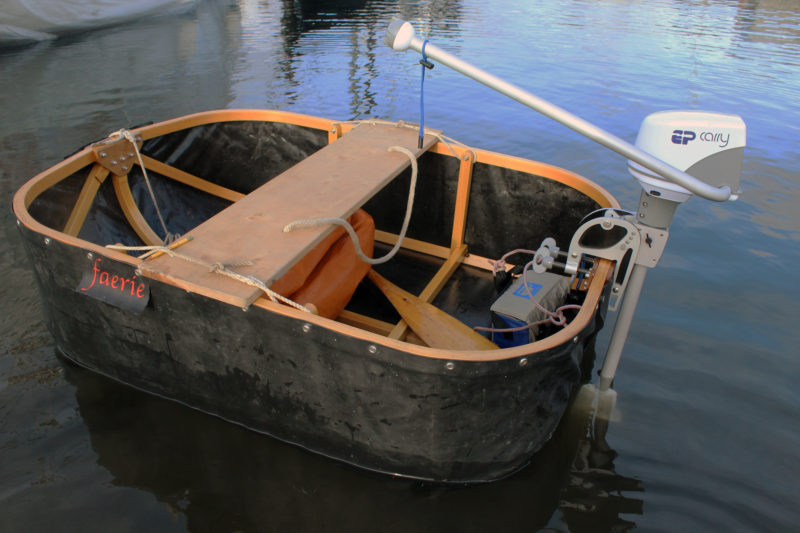
The EP Carry’s light weight makes it a good match for a small boat, though it was a white-knuckle ride on my folding coracle.
I also mounted the EP Carry on my folding tender, FAERIE, a coracle-like boat only 4-1/2′ long. It’s meant to be propelled with a single paddle, which provides plenty of power as well as a much-needed measure of stability for the little boat. I mounted the EP Carry on the stern with a bit of trepidation—a sharp turn might twist FAERIE out from under me. I made no sudden moves with the tiller or the throttle, and all was well. With the motor running at full tilt, we made a solid 2-1/2 knots and the blunt bow was throwing a wake I’d never seen before.
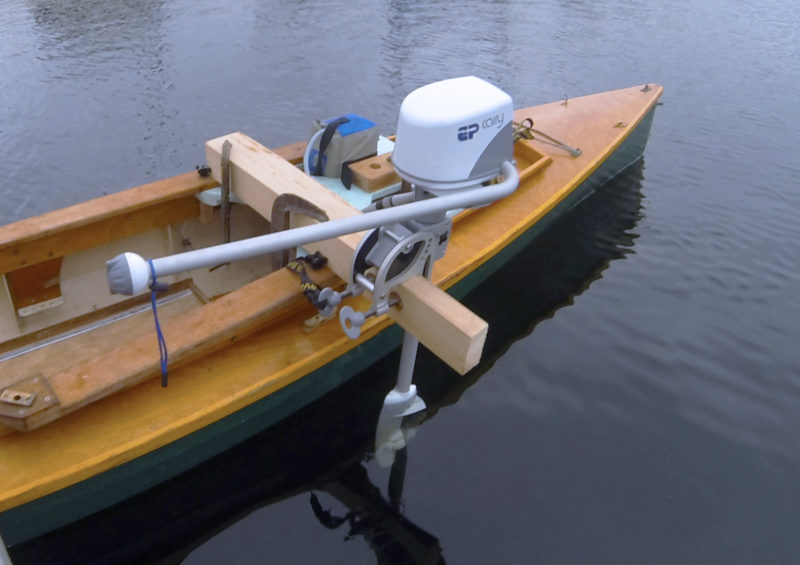
With a motor mount hastily sawn from a 4×4, I could test the motor on my lapstrake canoe. The speed was good; steering would have been better with a rudder or the motor located farther aft.
While the company is focusing their attention on the dinghy market, and perhaps rightly so, I thought I’d see what the EP Carry could do on my 18′8″ decked lapstrake canoe. Clamped to a mount on the port side, the motor made the canoe list a bit before I got aboard, but its weight wasn’t noticeable once I took my seat. As with the coracle, the canoe would roll with the motor turned and the thrust coming from below the hull. I didn’t bring the canoe’s foot-controlled rudder with me, but I think that it would be a good partner for the motor. It would take care of the steering, and the motor could just provide power. The canoe’s top speed under the EP Carry was between 4.5 and 4.6 knots.
The company’s website notes that the battery will power the EP Carry at full throttle for one hour. As a test, I ran the motor wide open in a recycling bin filled with water and made short videos at roughly 10-minute increments. At the one-hour mark the motor was still churning vigorously with no apparent decline in power. Five minutes later I heard the pitch drop and the motor quickly slowed and came to a stop. I checked the videos and compared the sound of the motor at the start and at the 60-minute mark. There was a slight drop in pitch, just a major third on a musical scale. The motor has an electronic power regulation system that keeps the power output quite steady throughout the discharge cycle of the battery.
While I had the motor in the recycling bin, I tested its electronic prop protection, a stand-in for the shear pin in gas outboards to prevent serious damage when the prop strikes a solid object. I poked a 2×6 at the prop, and the blades whacked away at it. Only when I pushed the board in firmly did I force the prop to stop. The motor went silent; there were no sounds or smells of wiring or circuit boards burning it up. As soon as I pulled the board out, the prop resumed spinning. I repeated the test multiple times at various speeds with the same result. The board was scarred and nicked, but the prop showed no signs of damage.
When it’s time to put the motor away, one only needs to disconnect the battery and rotate the tiller so it pivots around to lie parallel to the shaft. The motor and the battery fit in a bag that is easier to carry than a pair of oars. At home, plug the charger into an outlet and the battery. A charge takes about five hours.
If you have a small boat and want to take break from rowing or forgo the noise, nuisance, and fuel cost of a gas outboard, the EP Carry is a good way to go.![]()
Christopher Cunningham is the editor of Small Boats Monthly.
The EP Carry is available, in three shaft lengths, from the manufacturer for $1600.
Is there a product that might be useful for boatbuilding, cruising or shore-side camping that you’d like us to review? Please email your suggestions.


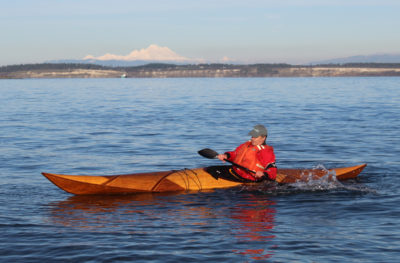
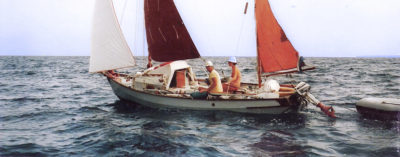
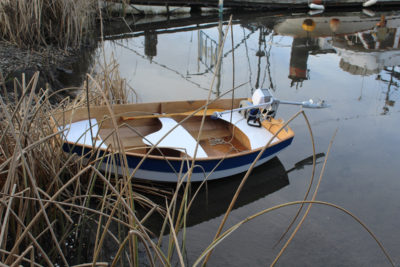
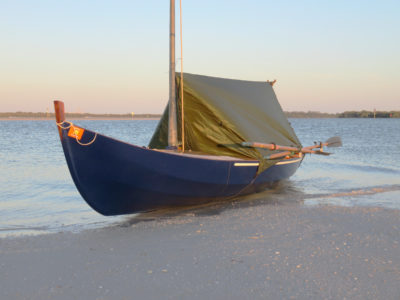
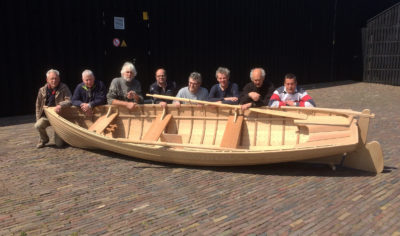
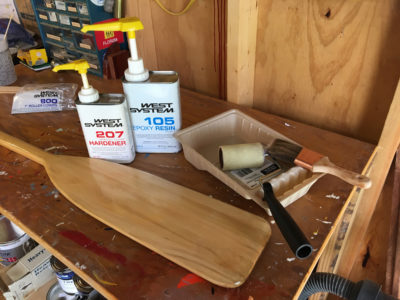

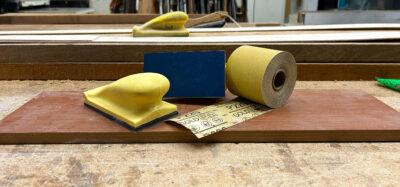
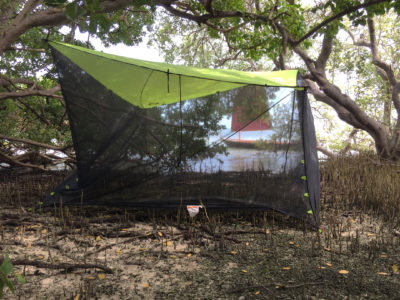
Robb White said, “The amount of time a boat is used is inversely proportional to its size.”
Using Robb’s logic, could we say that the weight of the EP Carry is inversely proportional to its price?
Looks like a good little motor. I’m curious how the long-term battery life will be and how much a replacement is? That will be great in areas that are electric only, lots more of those places popping up and for areas where a kicker is needed to get clear of slips, breakwaters, etc.
As a comparison, our 4-stroke Suzuki 2.5hp weighs 25 pounds and price point is under $800 before tax and shipping. It pushes the O’Day Daysailer to hull speed at 1/3 throttle. Noise? No. Nuisance, yes, when I leave old gas in it and a carb replacement runs over $200 at the dealer. Fuel cost is negligible but I have yet to run tests to see how long a tank of gas would last at max range or max endurance.
The gas outboards get called the “Iron Sail” what will we call the electrics?
Thanks for the review!
Here’s information from the EP Carry web site:
24-volt Lithium Iron Phosphate 9.6 Ah with Custom bag: $460
Batteries are manufactured by K2 Energy. Each battery pack has a lifetime of at least 2000 charge/discharge cycles.
Thanks Chris, that is quite a lifetime!
I would be taking this motor to an area without electricity. Can the battery be recharged with solar cells? If so, does EP Carry or K2 Energy recommend a solar pack?
Hi Bill, Joe from EP Carry here. There are two paths you can take depending on the runtime you need per day. If you only need to recharge once or twice per day, the folks at K2 recommend a direct hookup to the battery terminals from any 24-volt panel under 100 watts rating. The K2 battery has internal charge regulation that keeps the battery from overcharging. With this setup, you can charge and run at the same time from the same battery and on average, a 40-watt panel will charge the battery once per day in unobstructed sunlight with the panel sitting horizontal. If you want to run all day, you’ll need a power point tracker regulator and larger panels. Contact us if you want to spec continuous solar sailing and I can help you put a system together.
What’s the output of the motor. I’m currently using a 4hp gas. Most of the time have 3 or 4 people in the boat.